Taking Care of the Marshes
Duration: 46’ 20”
Format: 16:9 HD
Screenplay and commentary: Bożena Walencik, Jan Walencik
Cinematography, sound, image and sound editing, color grading, captions: Jan Walencik
Music – composition and performance: Michał Lorenc
Production organization and cooperation on the set: Krzysztof Komar
Coordinator of the film in the project Protection of wetland habitats of the Upper Biebrza valley: Artur Wiatr
Lector: Wojciech Grzechowiak
Direction: Bożena Walencik, Jan Walencik
The film featured residents of the Upper Biebrza Valley and surrounding areas, staff and associates of the Biebrza National Park, as well as staff and associates of the project Protection of wetland habitats of the Upper Biebrza valley
Special thanks to Piotr Dombrowski (Biebrza National Park), Eimutis Gudelevicius and Eugenijus Drobelis (Dżukija National Park, Lithuania)
Project Protection of wetland habitats of the Upper Biebrza valley (LIFE11/NAT/PL/422), co-financed by the LIFE+ financial instrument of the European Commission, the National Fund for Environmental Protection and the Biebrza National Park (www.gorna.biebrza.org.pl)
Executive producer: ŻUBROWA 10 JAN WALENCIK
Producer: Biebrzański Park Narodowy
Lead time: 2014–2016
End of production: 2016
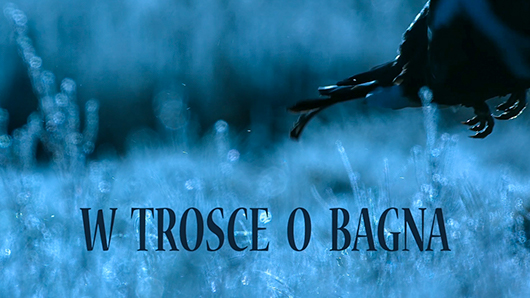

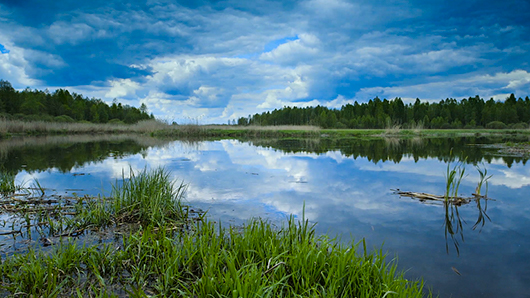
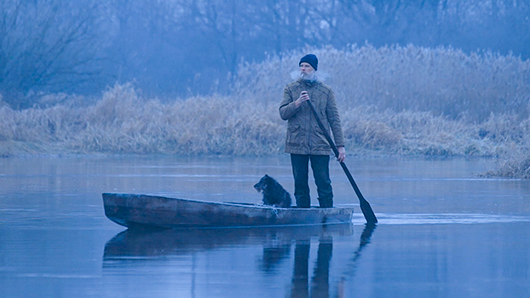
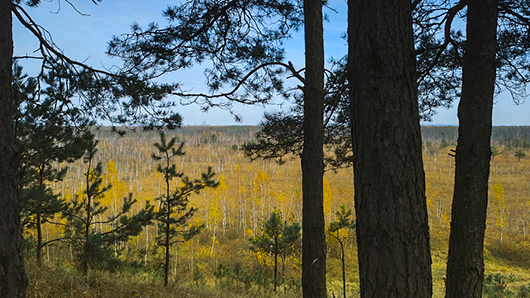
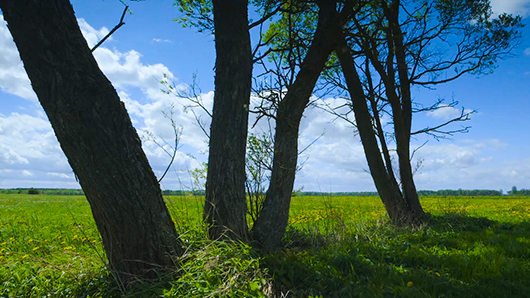
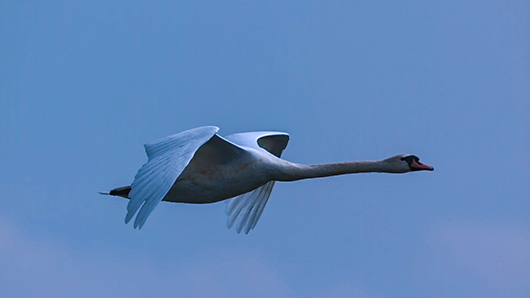
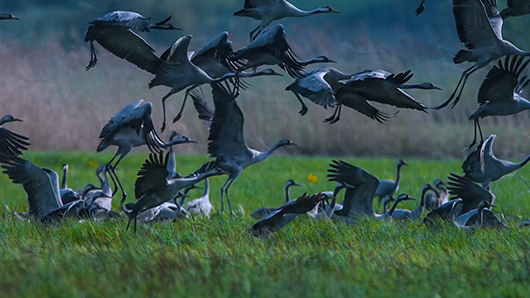
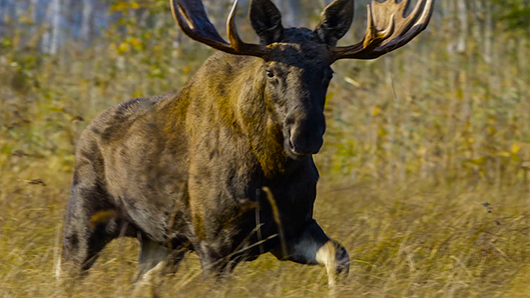
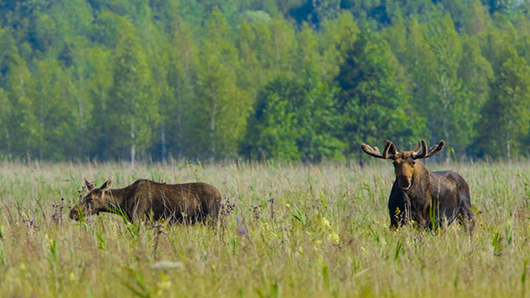
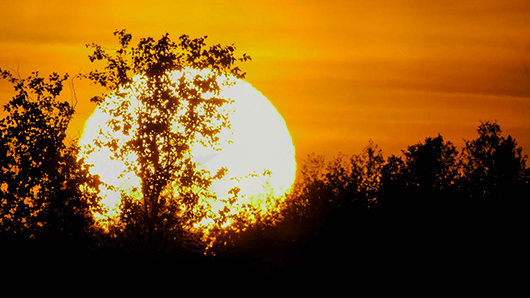
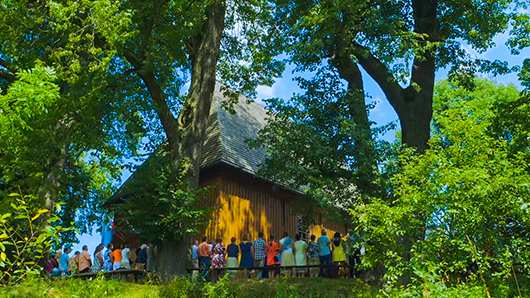
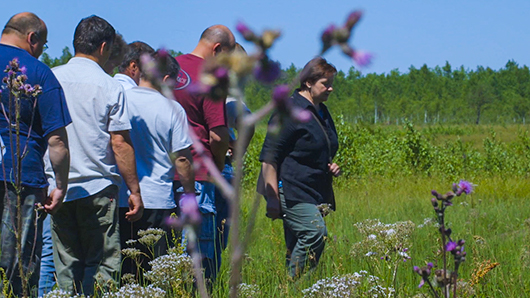
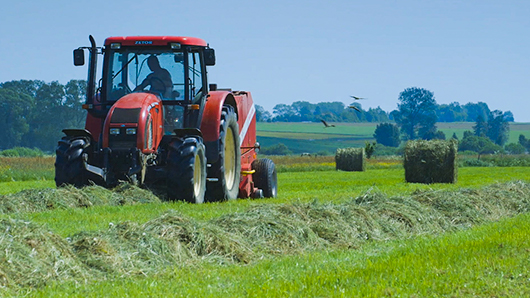
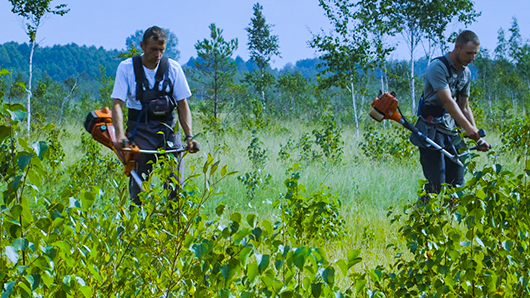
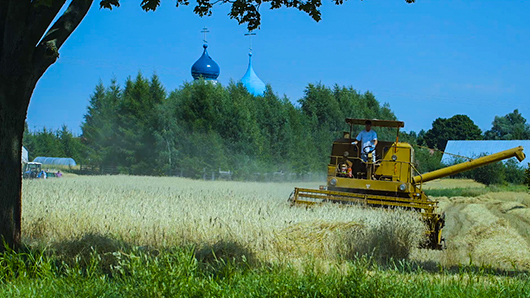
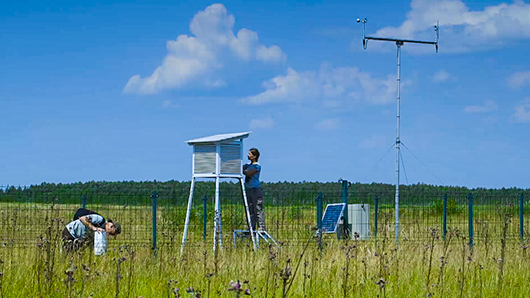
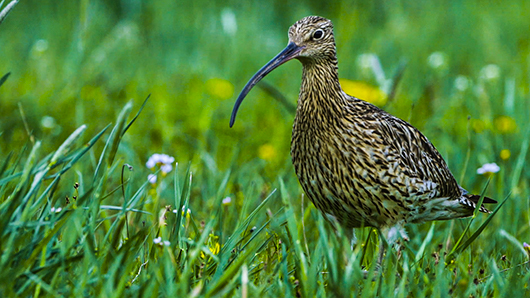
Frames from the film (QUOTES).
It took two years to make the film Taking Care of the Marshes. Work began on February 26, 2014, and was completed on February 29, 2016. At the end of the production, the ŻUBROWA 10 team made a 2′ 10″ long trailer for this film.
Taking Care of the Marshes film trailer. Directed by Bożena Walencik, Jan Walencik. © Biebrza National Park 2016, © ŻUBROWA 10 2016.
NOTE: turn on the English subtitles at YouTube!
The Biebrza River Valley, located in northeastern Poland, is one of the most valuable areas of well-preserved wetlands in Europe. This natural heritage has been protected since 1993 by the Biebrza National Park. The largest national park in Poland: nearly 60,000 hectares.
The northern part of the Biebrza Valley – the Upper Basin – stretches for 30 kilometers, from the Polish-Belarusian border to the town of Sztabin. It’s a special place, full of landscapes unparalleled elsewhere and very rare plants and animals. Special because for centuries the local inhabitants lived in symbiosis with nature, farming the marshes, mowing them, creating conditions for wild life to flourish.
Today, as that traditional agriculture has disappeared, the marshes have become intensively overgrown and nature has become poorer. Dense thickets of willow bushes have encroached on the former open meadows, and impassable birch trees stretch for miles. There is dramatically beginning to be a shortage of space for the most valuable species of flora and fauna.
A special multi-year program implemented by the Biebrza National Park has become a viable way to stop this dangerous overgrowth. It is a large-scale project called Protection of wetland habitats of the Upper Biebrza valley. It is intended to encourage local landowners to work with the Park to restore the historically shaped mosaic of marshes and farmland, and thus save the vanishing marshes.
A film Taking Care of the Marshes. Directed by Bożena Walencik, Jan Walencik. © Biebrza National Park 2016, © ŻUBROWA 10 2016.
NOTE: turn on the English subtitles at YouTube!
The image of Taking Care of the Marshes is essentially a film ballad about nature and the people who are close to it, a film ballad about the inevitable passing of time and, finally, a ballad about human longing. The complex form of this story is evident from the first minutes. It is in the ballad that three elements have a chance to meet: epic, drama and lyric.
The expressions of the epic are voiceover elements, informative – in a word, objective knowledge about the nature of the Upper Biebrza Valley and the marshland deforestation project itself. Interspersed with these are phrases with local residents and their truly reflective recollections (voice from outside the frame) of their former difficult life together with nature, as well as scenes related to the practical implementation of the project in the swampy terrain. Finally, a sizable part of the film is occupied by wildlife etudes – scenes captivating the pristine and very rich life of the swamp world of birds, moose, insects, plants. A manifestation of nostalgia for lost nature, and at the same time an expression of hope for its return, are shots from the black grouse’s tooting ground, at the beginning and end of the film. These birds, formerly also numerous on the Upper Biebrza River, become a symbol of the past glory of the Biebrza Marshes.
Weaving the story from three figures, very different from each other stylistically (information, locals and nature etudes) – interweaving them, affects the brisk dynamics of the film story. The authors hope that the involved viewers will gain conviction and certainty that only living together with nature makes sense, that they will carry to others a message for the modern times: man with nature – nature with man, this is how it and us should be protected!



